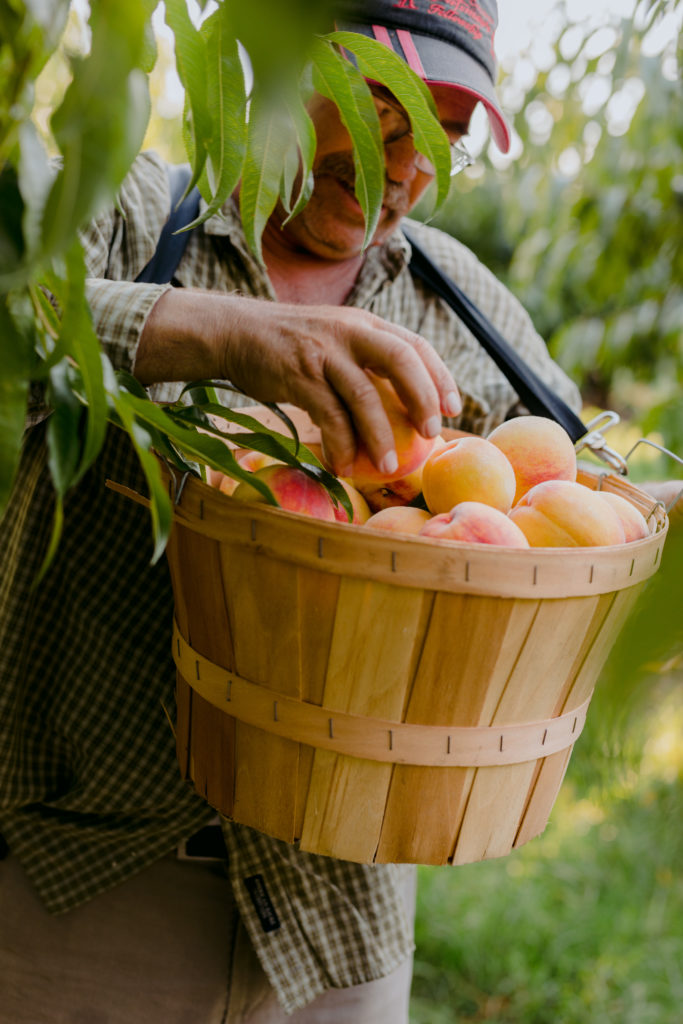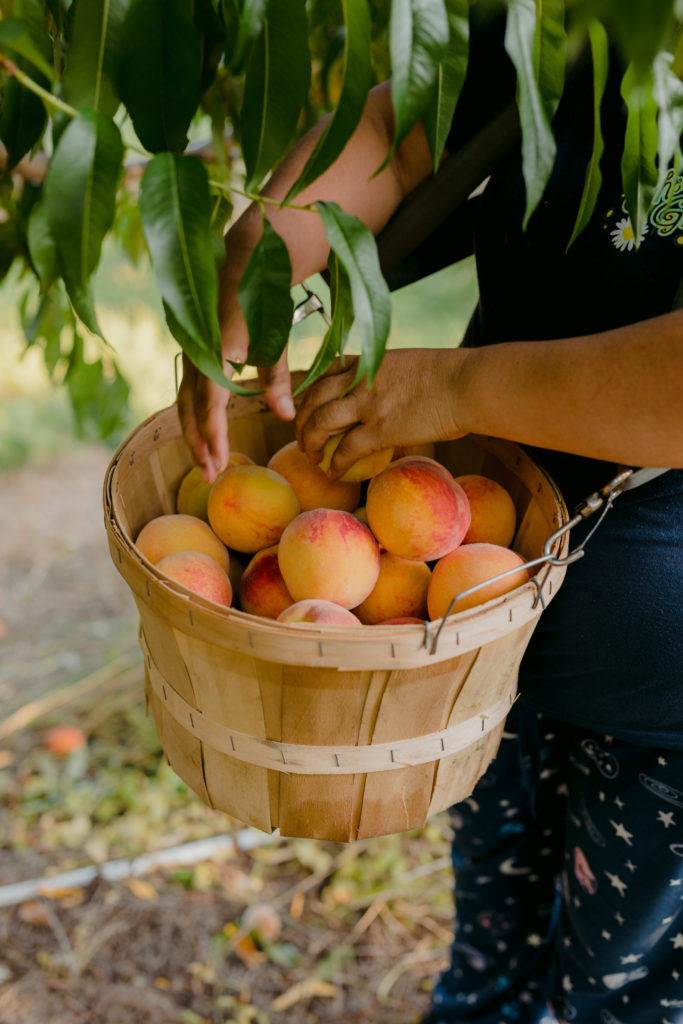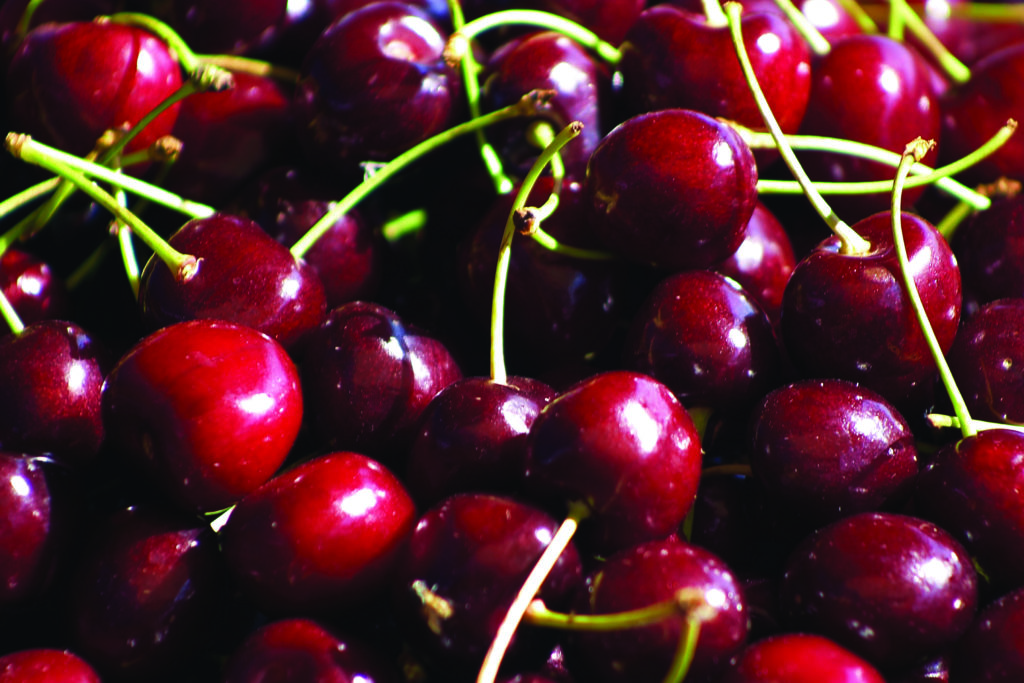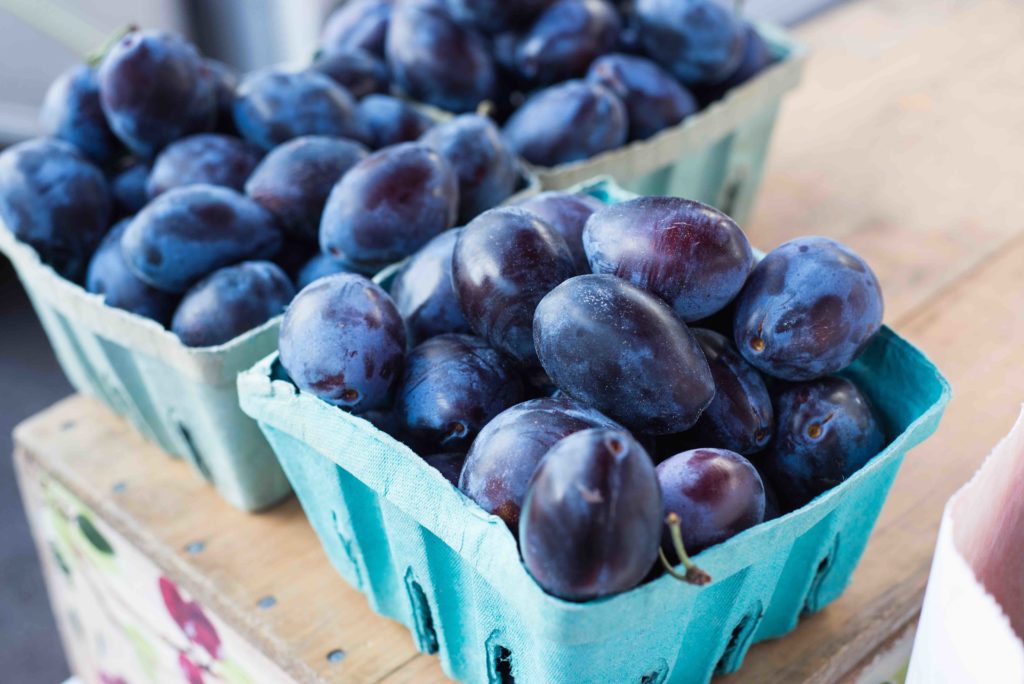Cue the drupes! It’s stone fruit season in Michigan, y’all. By now, the budding trees of spring have transformed into thin-skinned, sweet, and fleshy fruits. Farmers market favorites like peaches, plums, and cherries are ready for jam and pie-making.


What is a stone fruit?
Stone fruits, also referred to as drupes, are fruits whose centers contain a pit (or “stone”) in which the plant’s seed is protected. Clingstone and freestone are the two drupe classifications. As you might expect, clingstone fruits have flesh that holds tight to the stone (think mangoes, plums, or dates). Freestone fruits are the opposite; their pits are easily removed (think cherries, olives, or some peaches).
You might be surprised to find out that blackberries and raspberries are also stone fruits, not berries! They’re considered “druplets” because the cluster is actually an aggregation of tiny fruits, each containing a tiny seed.

Michigan Stone Fruits Favorites
Southwest Michigan is brimming with peach, plum, apricot, and nectarines, but if you travel north to the Traverse City area, cherries rule all. Look no further than Michigan’s annual Cherry Festival to discover how much Michiganders love this sweet or sour drupe.

Stone Fruit Storage and Preparation
As with all produce, in-season fruit has the best flavor for baking, cooking, preserving, or eating fresh. You should only refrigerate the fruit when it’s fully ripe or else you risk a mealy consistency. If it’s unripe, simply store it on the counter away from the sunlight. You can also place the fruit in a paper bag which traps ethylene, speeding up the ripening process.
Stone fruits are versatile, so try them fresh, canned, frozen, baked, grilled, poached, or roasted. I guess you could say they’re best eaten any way you can think of. How do you like your drupes?
Stone Fruit Recipes
Find in-season stone fruits in your area by visiting Taste the Local Difference’s ‘Find Local Food & Farms’ directory!
Emily Row is the Content Creator at Taste the Local Difference.
Explore our Crop Spot series here.
